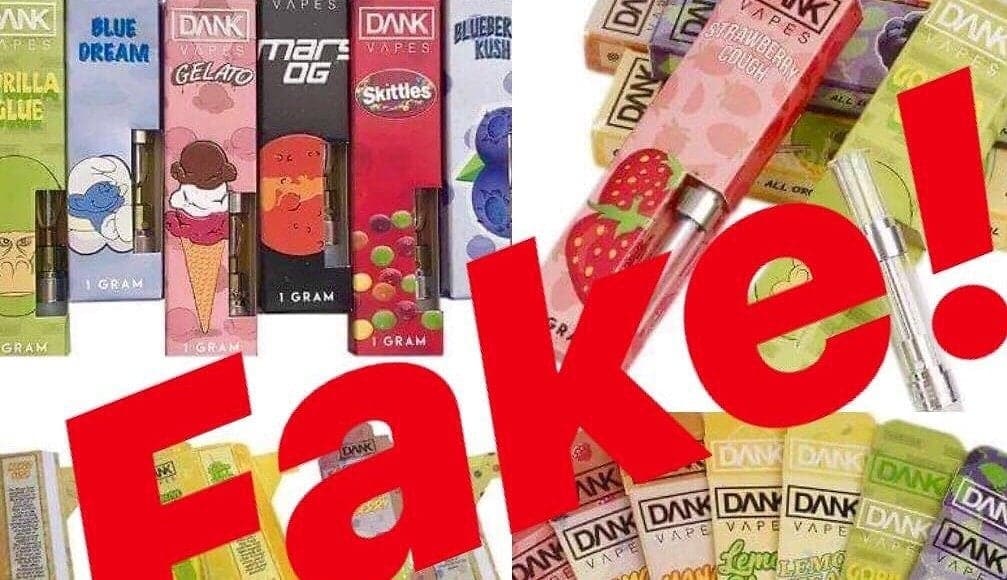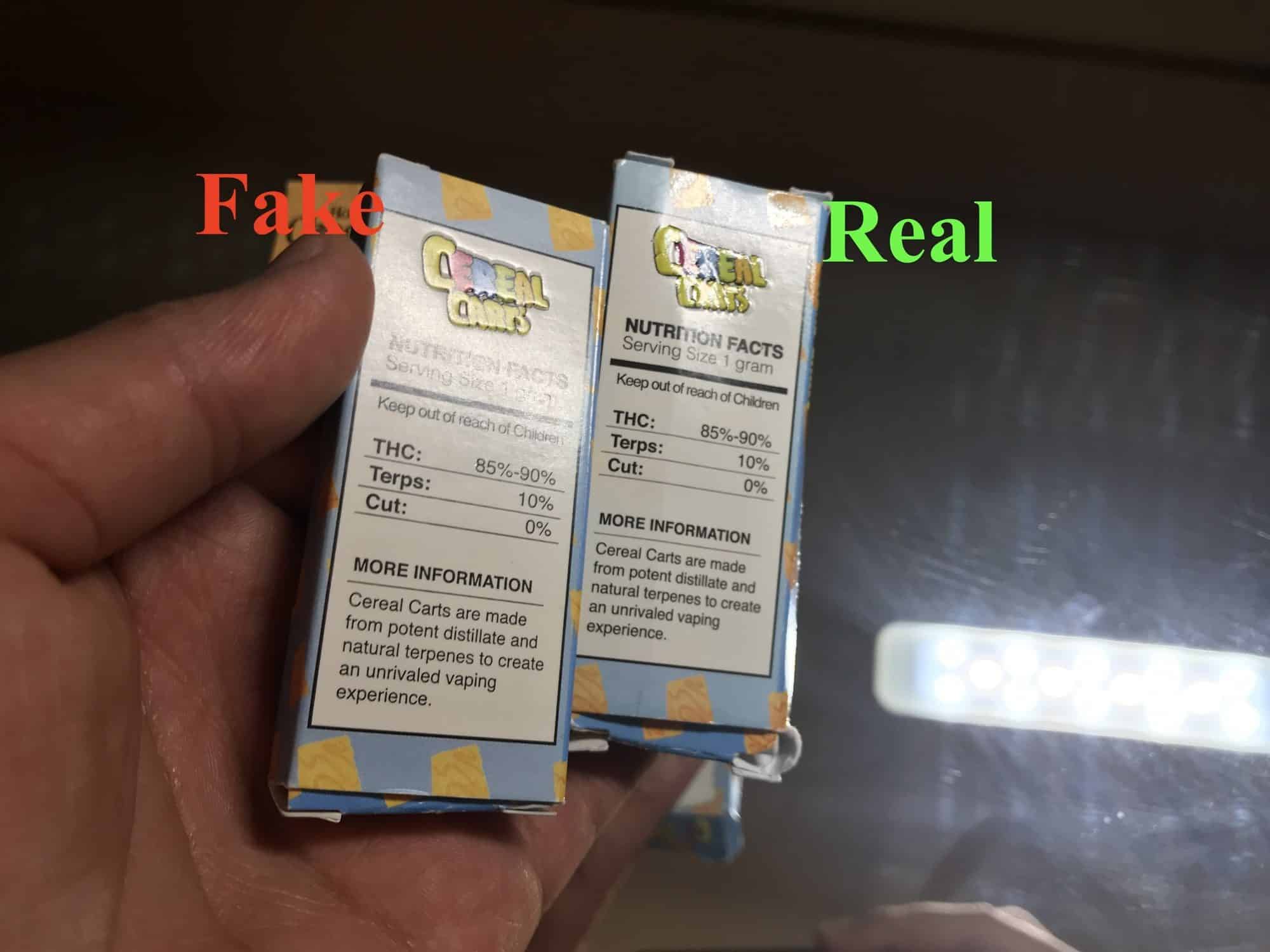What Do Fake Carts Taste Like

The alluring promise of a smooth, flavorful high has lured countless individuals into the world of vaping cannabis. However, lurking beneath the surface of legal dispensaries and regulated markets is a dangerous underworld of counterfeit vape cartridges, often referred to as "fake carts." These illicit products not only fail to deliver the expected experience but also pose significant health risks, making the question of what they actually taste like a chilling indicator of the unseen dangers they contain.
This article will delve into the complex and often terrifying reality of the flavor profiles – and the underlying chemical compositions – of fake vape cartridges. It aims to arm readers with the knowledge to identify these harmful products and understand the potential consequences of consuming them. It draws upon expert opinions, scientific analysis, and anecdotal reports to paint a comprehensive picture of this growing public health concern.
The Illusion of Flavor: What's Really in That Cart?
Genuine cannabis vape cartridges contain concentrated cannabis oil, often enhanced with natural terpenes to provide specific flavors and effects. These terpenes, extracted from cannabis or other plants, are carefully regulated and tested to ensure safety and consistency. Fake carts, on the other hand, frequently contain a cocktail of dangerous additives designed to mimic the taste and appearance of legitimate products.
The first line of defense against the dangers of fake carts is understanding what constitutes a normal, safe flavor profile. Authentic carts typically offer a range of flavors reflective of the cannabis strain they contain – earthy, citrusy, piney, or sweet. The taste is generally clean and natural, without any harsh chemical undertones.
Warning Signs: The Telltale Tastes of Danger
The taste of a fake cart is often the first and most obvious indicator of its counterfeit nature. Unlike the nuanced and natural flavors of legitimate products, fake carts frequently exhibit a range of unpleasant and alarming tastes.
Chemical Aftertaste: Many users report a distinct chemical or metallic aftertaste. This can be a result of cutting agents like Vitamin E acetate or the presence of heavy metals leaching from poorly manufactured hardware.
Burnt or Acrid Flavor: A burning or acrid taste, even when the device is used correctly, suggests the oil is either of poor quality or contains harmful additives. This could also indicate a problem with the heating element in the cartridge itself, potentially releasing toxic fumes.
Artificial Sweeteners: Some counterfeiters attempt to mask the unpleasant taste of their products with excessive artificial sweeteners, often resulting in an unnatural and cloying sweetness. This can be a warning sign of unregulated and potentially harmful additives.
Lack of Flavor: Paradoxically, some fake carts might have little to no discernible flavor. This could indicate that the cartridge contains primarily cutting agents with minimal or no actual cannabis oil.
The Science of Sinister Flavors: Unmasking the Culprits
The unusual and often alarming flavors of fake carts are not accidental; they are a direct consequence of the dangerous substances used in their production. Identifying these substances is crucial to understanding the health risks associated with their consumption.
Vitamin E Acetate: The CDC (Centers for Disease Control and Prevention) identified Vitamin E acetate as a primary culprit in the 2019 outbreak of EVALI (e-cigarette or vaping use-associated lung injury). This oily substance, used as a thickening agent in fake carts, can cause severe lung damage when inhaled. It may give off a subtle oily or sweetish taste that is anything but benign.
Cutting Agents: Beyond Vitamin E acetate, a variety of other cutting agents can be found in fake carts, including polyethylene glycol (PEG), propylene glycol (PG), and vegetable glycerin (VG). While these substances are generally considered safe for ingestion, their effects when heated and inhaled are less well-understood and potentially harmful. They can contribute to a burnt or harsh taste.
Heavy Metals: The hardware used to produce fake carts is often of inferior quality, potentially leaching heavy metals like lead, cadmium, and nickel into the oil. These metals can have serious health consequences, including neurological damage and cancer. Heavy metal contamination may result in a metallic taste or a general feeling of unwellness after use.
Synthetic Cannabinoids: Some fake carts contain synthetic cannabinoids, also known as "spice" or "K2." These substances are unregulated and can produce unpredictable and dangerous effects, including seizures, psychosis, and death. They might have a strong chemical taste or no taste at all, making them difficult to identify.
Beyond Taste: The Health Risks and Consequences
The unpleasant taste of a fake cart is merely a symptom of a much larger problem: the serious health risks associated with consuming unregulated and potentially toxic substances. The 2019 EVALI outbreak serves as a stark reminder of the dangers posed by these products.
"The EVALI outbreak underscored the critical need for regulation and quality control in the cannabis industry," stated a representative from the National Institute on Drug Abuse (NIDA) in a public statement. "Consumers need to be aware of the risks associated with purchasing products from unregulated sources."
Short-Term Effects: Short-term effects of using fake carts can include coughing, shortness of breath, chest pain, nausea, vomiting, and dizziness. Some users also report experiencing anxiety, paranoia, and hallucinations.
Long-Term Effects: The long-term effects of using fake carts are still being studied, but evidence suggests that they can cause irreversible lung damage, neurological problems, and an increased risk of cancer.
Legal Consequences: Furthermore, purchasing and possessing fake carts can have legal consequences, as they are often sold illegally and may contain substances that are prohibited by law.
Protecting Yourself: Staying Safe in a Risky Market
Given the pervasive nature of fake carts, consumers must take proactive steps to protect themselves. The most effective way to avoid these dangerous products is to purchase cannabis vape cartridges only from licensed and reputable dispensaries.
Verify Licensing: Always verify that the dispensary is licensed by your state or local government. Licensed dispensaries are subject to regulations and testing requirements designed to ensure product safety.
Examine Packaging: Carefully examine the packaging for signs of tampering or counterfeiting. Look for misspellings, blurry images, or inconsistent branding.
Check for Lab Testing: Reputable cannabis companies provide lab testing results for their products, often displayed on the packaging or available online. These results should indicate the levels of cannabinoids, terpenes, and any potential contaminants.
Trust Your Senses: If a vape cartridge looks, smells, or tastes unusual, do not use it. Trust your instincts and err on the side of caution.
Looking Ahead: The Future of Cannabis Regulation
The problem of fake carts highlights the urgent need for comprehensive cannabis regulation at the federal level. Standardized testing requirements, stricter manufacturing guidelines, and increased enforcement are essential to protect consumers from these dangerous products.
As more states legalize cannabis, it is crucial to prioritize public health and safety. Increased education, robust regulation, and stringent enforcement will be critical to curbing the black market and ensuring that consumers have access to safe and reliable cannabis products. The future may depend on the industry's ability to learn from past mistakes and embrace a culture of transparency and accountability.


















